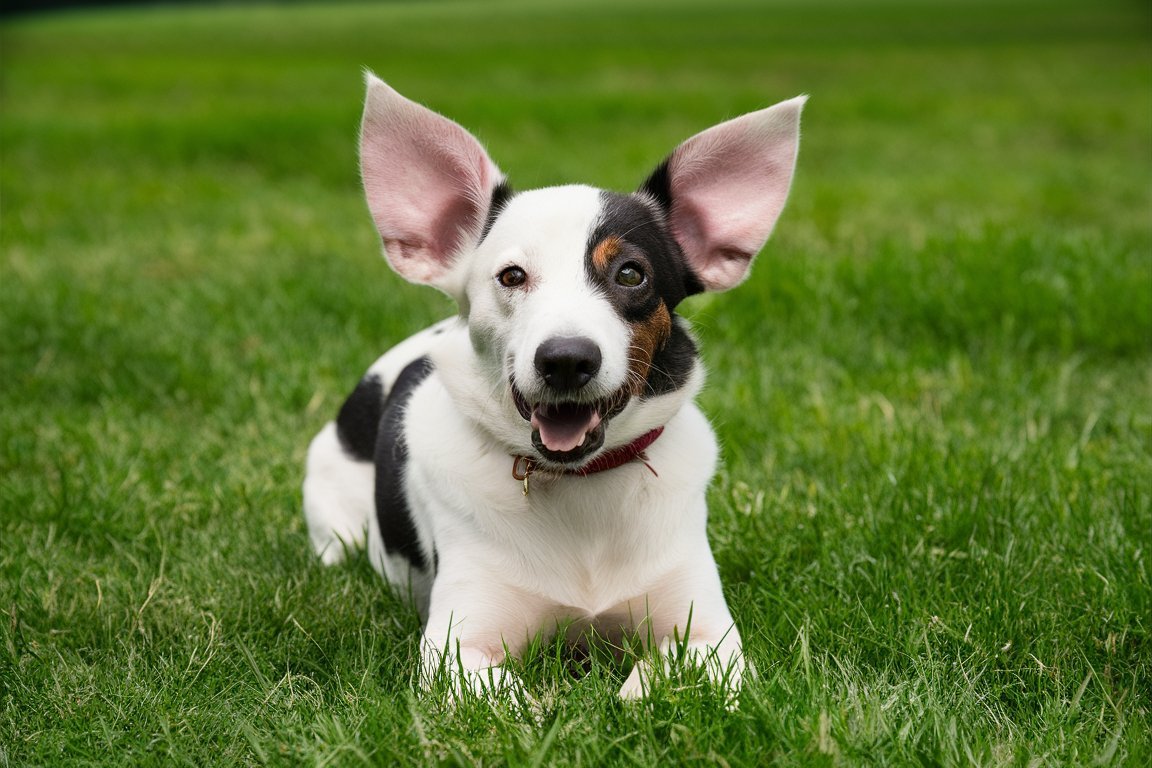Can Dogs Have Pig Ears? A Comprehensive Guide for Pet Owners
When it comes to treating our furry friends, the choices can be overwhelming. One popular option that often comes up is pig ears. But as a responsible pet owner, you might wonder, can dogs have pig ears? Are they safe, and what should you know before giving them to your dog? This article will answer all your questions and help you make an informed decision.
What Are Pig Ears?
Pig ears are exactly what they sound like-ears from pigs that have been cleaned, dehydrated, and sometimes smoked. They’re a common chew treat for dogs, known for their tough texture and enticing flavor. Many dogs love the taste and enjoy gnawing on them for hours. But are they truly safe?
Anecdote:
I remember the first time I gave my dog, Bella, a pig ear. She was ecstatic! Her tail wagged furiously as she sniffed it, and once she started chewing, she was in heaven. But as a cautious pet owner, I wanted to make sure I was doing the right thing, so I did my research-just like you’re doing now.
Are Pig Ears Safe for Dogs?
The short answer is yes, dogs can have pig ears, but there are some important considerations.
Benefits of Pig Ears
- Natural Chew: Pig ears are a natural, single-ingredient treat. They don’t contain artificial additives or preservatives, making them a healthier option than many processed treats.
- Dental Health: Chewing on pig ears can help clean your dog’s teeth by reducing plaque and tartar buildup.
- Mental Stimulation: Chewing is a natural behavior for dogs. Giving them something safe to chew on, like a pig ear, can provide mental stimulation and prevent boredom.
Risks of Pig Ears
- Choking Hazard: Like any chew treat, pig ears can be a choking hazard, especially if your dog tries to swallow large pieces. It’s important to supervise your dog while they’re chewing.
- Digestive Issues: Some dogs might experience upset stomachs after eating pig ears, particularly if they’re not used to them. Start with small amounts to see how your dog reacts.
- Calories: Pig ears are high in fat, which makes them a high-calorie treat. Overindulgence can lead to weight gain, so they should be given in moderation.
- Contamination: There have been instances where pig ears were contaminated with bacteria like Salmonella. It’s crucial to buy them from reputable sources and store them properly.
Learn more about the potential risks of pig ears.
Step-by-Step Guide to Safely Giving Your Dog Pig Ears
1. Choose High-Quality Pig Ears
Not all pig ears are created equal. Look for products that are sourced from reputable manufacturers. Opt for pig ears that are free from artificial colors, flavors, and preservatives. If possible, choose pig ears that have been slow-cooked or baked rather than chemically treated.
2. Introduce Pig Ears Gradually
If your dog has never had a pig ear before, start by giving them a small piece. This allows you to monitor for any adverse reactions, such as digestive upset or allergic reactions.
3. Supervise Your Dog
Always supervise your dog while they’re chewing on a pig ear. This helps prevent choking and ensures they’re chewing it properly rather than trying to swallow large pieces.
4. Limit the Quantity
Due to their high-fat content, pig ears should be given as an occasional treat, not a daily snack. Depending on your dog’s size and diet, once or twice a week is usually sufficient.
5. Proper Storage
Store pig ears in a cool, dry place to prevent contamination. If you buy them in bulk, consider storing them in an airtight container to keep them fresh.
Check out tips on storing dog treats safely.
Anecdote:
After doing my research, I decided to let Bella have pig ears occasionally. She absolutely loves them, and it’s become a special treat for her. I always keep an eye on her while she’s chewing and make sure to store the pig ears properly. So far, it’s been a great addition to her treat rotation.
Alternatives to Pig Ears
If you’re still unsure about giving your dog pig ears, there are plenty of alternatives that offer similar benefits:
- Rawhide Chews: While controversial, rawhide chews can be a good option if they’re high-quality and given under supervision.
- Dental Chews: Designed to promote dental health, these chews are often formulated to be safer and lower in calories than pig ears.
- Natural Bones: Beef or bison bones can be a durable and satisfying chew option for many dogs.
Conclusion: Should You Give Your Dog Pig Ears?
So, can dogs have pig ears? The answer is yes, but with caution. Pig ears can be a great treat for dogs, offering both dental benefits and mental stimulation. However, they should be given in moderation, and it’s essential to supervise your dog while they’re enjoying this treat. By following the steps outlined above, you can safely incorporate pig ears into your dog’s treat routine.


